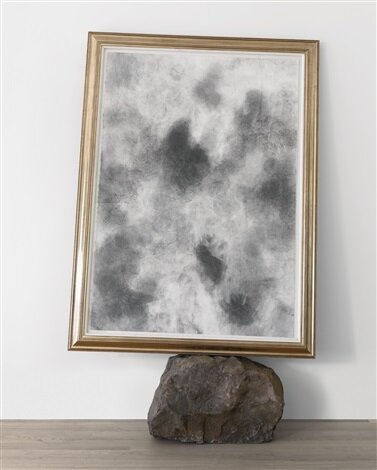BLACKLINING SERIES
Visual sketch, an explanation through incomplete thoughts.
Thinking about the redlining of major cities from 1935 to 1974. Thinking about the architect today, as they redline corrections on a set of construction documents. Thinking about the Chicago redline train, heading north-bound past 35th street.
This work explores the social implications of infrastructural choices made yesterday, today, and tomorrow, in Chicago, New York, and around the world. The choices made by drawing lines on a map, and splitting communities in two with a pen. Those red lines become solid, mass, concrete, yet more invisible.
These works aim to render those lines visible, with Chicago’s building footprints, streets, waterways. Chicago’s infrastructure is deconstructed and reassembled. Through these black lines, the works play out the scenarios that shape our world today. Making the boundaries that are unseen, visible.
The feeling, of crossing these invisible lines. The spatial breach of territory, that is omnipresent to blackness. The understanding that these lines exist because of the deep histories of infrastructural choices made in the past, and scar the present.
W.E.B. Du Bois Data Portrait.
It begins with the ownership of land, its subdivision. Division resulting in the divisions between people, in states, counties, districts, plots of land to be claimed.
Chicago Redlining Map, 1939
The ownership of Chicago land is weaponized. Characterized by race, to systematically prevent the accumulation of wealth of African American people. The subdivision of people, the prioritization of resource distribution, the erasure of communities. The deeming of certain communities as hazardous, and ineligible for home loans, spurring systematic economic decline in black communities.
Amanda Williams, Cadastral Shaking
The implications of these infrastructural decisions are still existing today. These histories, territories, and inequalities have shifted in our everyday experience of Chicago. Have these boundaries between people disappeared, or become simply less visible?






Arthur Jafa, Love is a Message, The Message is Death
What do they feel like? The deep histories and inequalities of black people are montaged together between past and present struggles. The suffering inflicted in the past appear today in new ways, as the divides between people can still be felt.
Torkwase Dyson, I’m Walking Outside Myself
David Hammons, Untitled, Basketball Drawing
How can works of art present spatial and temporal, representations of the Black experience? Through film montaging the past and present, abstract forms that construct representations of black spacial experiences, or fields produced by familiar rhythms?
Roland Knowlden
























